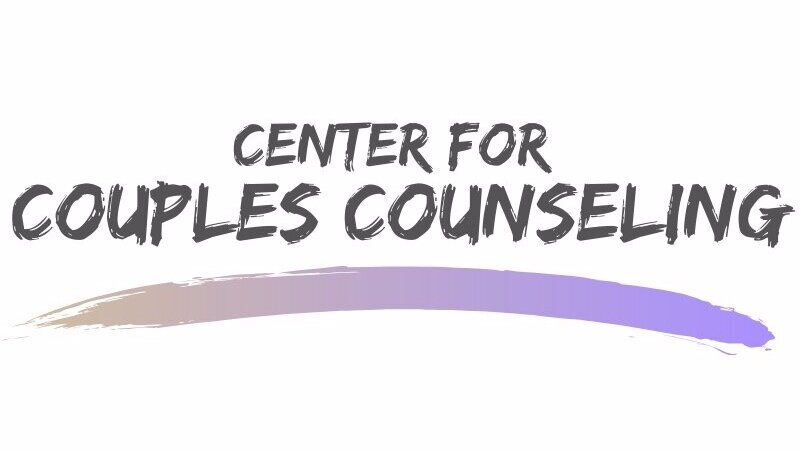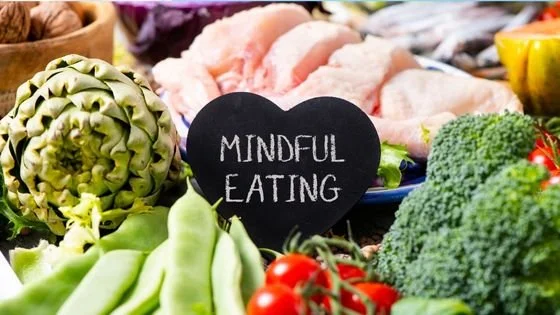Mindfulness Matters: Bringing Presence to Ourselves and Our Partners
When I bring up mindfulness with my clients, I often see a look of discouragement cross their face. The very thing that would help them calm their stress seems really overwhelming and inaccessible.
When people think about mindfulness, they often picture sitting alone in yoga clothes, in a comfortable and clean space, in absolute silence, and completely clearing their mind. That's more than I've ever been able to do and I've practiced mindfulness on and off for years! Let's deconstruct the "should’s" of mindfulness and break it into small gestures to make it more accessible.
What is mindfulness?
Mindfulness is bringing intentionality to any activity, particularly ones that help bring awareness to and alignment of your physical and emotional state and help regulate your body's natural stress response. They are soft, gradual, sensory focused, and non-goal-oriented practices. Any of the practices I offer can be done solo, with a partner, or any number of people. Almost all of them can be done anywhere, anytime.
One truth that mindfulness helps me connect with is that emotions are value neutral and are teachers of what's important to me. The more I accept rather than try to avoid or distract from an uncomfortable or painful thought or feeling, the more fleeting and less intense it is. This also helps me accept the big feelings of my partner or kiddos in my life.
What can mindfulness look like?
1. Naming: Say your sensations, emotions, or thoughts out loud. There's a mantra I live by "name it to tame it." If you can name aloud what's happening for you, especially a big emotion, you can put it in the passenger seat.
You can also start to connect that when you're stressed, your shoulders hike up or when you're content, you feel relaxed in your belly. Naming can also help you with intention setting. Think about and claim what you hope to happen in an activity, a meeting, a presentation, a substantive conversation. Saying it can help you and those around you be on the same page. Pro-Tip: A really great app for mood and activity tracking is called Daylio. These practices can enhance any check-in rituals with your partner or loved ones.
2. Meditation: Early in my meditation journey, someone told me "meditation is not about controlling your mind, it's about not letting your mind control you." What that means to me is: I can observe my thoughts without judging the value of them or following them down a rabbit hole. I watch them pass like differently shaped clouds. If they don't gather and precipitate with my energy, it's harder for them to turn stormy. It is the practice of not getting attached to the thoughts and letting them be. It is not about completely clearing your mind and trying not to have thoughts at all. It's about giving yourself grace.
Meditation can happen sitting, lying, walking, jogging, fishing, at the gun range, crafting… It's connecting to your breath, your body, and doing something repetitive or getting into a flow state. You can repeat words, phrases, count, or focus on an image. There are many apps, such as Calm or Headspace that have guided meditations. You can try out different voices and vibes to find what's right for you. I've been meditating for years and use a guided app more often than not. This is a beautiful practice to establish more connection and co-regulation with your partner. Hint: For myself, I’ve noticed feeling more physically drawn to my partner after meditation or partner yoga. It’s worth a try for your spicy time!
3. Breathing techniques: Typically when we're stressed, from physical or mental exertion or threat, our breathing becomes shallow and our hearts pound. When we intentionally slow or alter our breath we can tell our bodies we're safe. When we can do this in the presence of others, we tell our bodies we're safe with them. You can find plenty of infographics or videos that show different techniques. Pro-Tip: If someone you love is hyperventilating or having an anxiety or panic attack, being near them, making physical contact you know is comforting for them, and breathe steadily and loudly "for" them until their breathing syncs up is a great way to help them.
Box breath: Inhale for a count of 4, hold for a count of 4, exhale for a count of 4.
Bumblebee breath: One of my favorites! Cover your eyes, ears, and nostrils with your fingers (look up a visual to get hand placement right) and hum. This is great for relieving stress, and if you are congested.
4. Slow down everyday tasks: Take your time with eating, drinking, or bathing. Try to eat a berry, or any food, by chewing slowly, feeling the texture, notice the flavors and scents. Ask yourself what you like about it. Do you have any distinct memories of this food? Does your partner, friend, family member? When drinking notice the temperature, flavors, fizzes... When you wash your hands, find a mantra, express gratitude, hum a song that brings you joy. When you're in the bath or shower, slow down when you're applying body wash or shampoo. Use scents that feel calming or invigorating.
5. Aromatherapy & Candle-Gazing: Another way to sink into your senses is aromatherapy and/or candle gazing. You can get a passive diffuser, a ceramic object meant to absorb essential oils. They are lovely for a small space like a quiet corner. If you’ve ever gotten lost staring into a fire, you can have a similarly serene experience gazing at a flickering candle flame.
6. Gratitude Journaling or Morning Pages: This is a beautiful practice that ritualizes and places emphasis on what’s going well in your life, your relationships, and what’s big in your world. This is a lovely practice to share with a partner.
7. Playing an instrument: If you’re like me, the self-pressure and dedication necessary to learn an instrument might be daunting. If you don’t already have an instrument you’re familiar with, I recommend accessible instruments that have a very low learning curve yet are very satisfying. For me, this is the Steel Tongue Drum. It could be a regular drum, bell, chime, tambourine… something simple to get into a rhythm and flow.
8. Yoga: If you do any of the things listed above, you’re practicing many aspects of yoga. Just like how mindfulness and meditation don’t have to look a certain way, a physical yoga practice is unique to each person in style, intensity, frequency, and motivation. Hatha yoga has many benefits including lowering heart rate and blood pressure, improving circulation and joint health, improving lung capacity, improving sleep, increasing feelings of connectedness and contentment, and possibly even more flexibility. Hint: Flexibility is more of a byproduct than a goal of yoga.
9. Wiggle & Freeze: If hatha yoga sounds too serious, highbrow, expensive, or inaccessible for any reason, a quick, free, and family friendly version is Wiggle & Freeze. I play this with my little ones. One person is in charge of playing and pausing music. The other people must freeze and hold their last position until the music resumes. If they move, they become the new Maestro. This is really fun and connecting!
10. Connect with nature to your level of ability. That might look like going for a walk, a ride with the windows down, a hike, lying under a tree and gazing up through the leaves, putting your bare feet on the grass (if you can stand that sensation), going to the beach, gazing at mountains. Being in nature, especially in a state of awe, reminds us of how vast and long the world is and might give perspective that maybe that thing we’ve been fretting about isn’t so big-bad after all.
Whether you choose to do any of these activities alone, with a partner, or with the whole family, you’ll feel more present, connected, and grounded to tackle the big stuff as a team. If you need help getting started, we’re here to help.
My name is Sky Yeater and I am a Licensed Professional Counselor Associate at the Center for Couples Counseling. I am an LGBTQ+ person and professional passionate about helping couples and individuals find empowerment in their lives and relationships. If you’re looking to grow with new tools and humor, call (832) 827-3288 to set up your free phone consultation. Our Center serves couples and individuals in League City and Houston, Texas and all residents of Texas online!
Interested in Meeting a Couples Therapist in League City, TX?
If you want to improve your relationship and reconnect with your partner, take action now and start being more curious about your relationship. At Center For Couples Counseling, one of our skilled couples therapists can help you and your partner navigate your challenges and rediscover the curiosity and passion that brought you together in the first place. Don't wait any longer to invest in the health and happiness of your relationship. To meet with a couples therapist follow these three simple steps:
Contact us to schedule an appointment
Meet with one of our skilled couples therapists
Begin to find the curiosity in your relationship and reconnect with your partner!
Other Services Offered at Center for Couples Counseling
At Center For Couples Counseling, our team of skilled therapists understands that your relationship may be facing different challenges. In addition to couples therapy, our Texas practice offers individual therapy, infertility counseling, postpartum anxiety and depression counseling, therapy for self-care and burnout, and therapy for perfectionism. For more about us check out our FAQs and blog!









